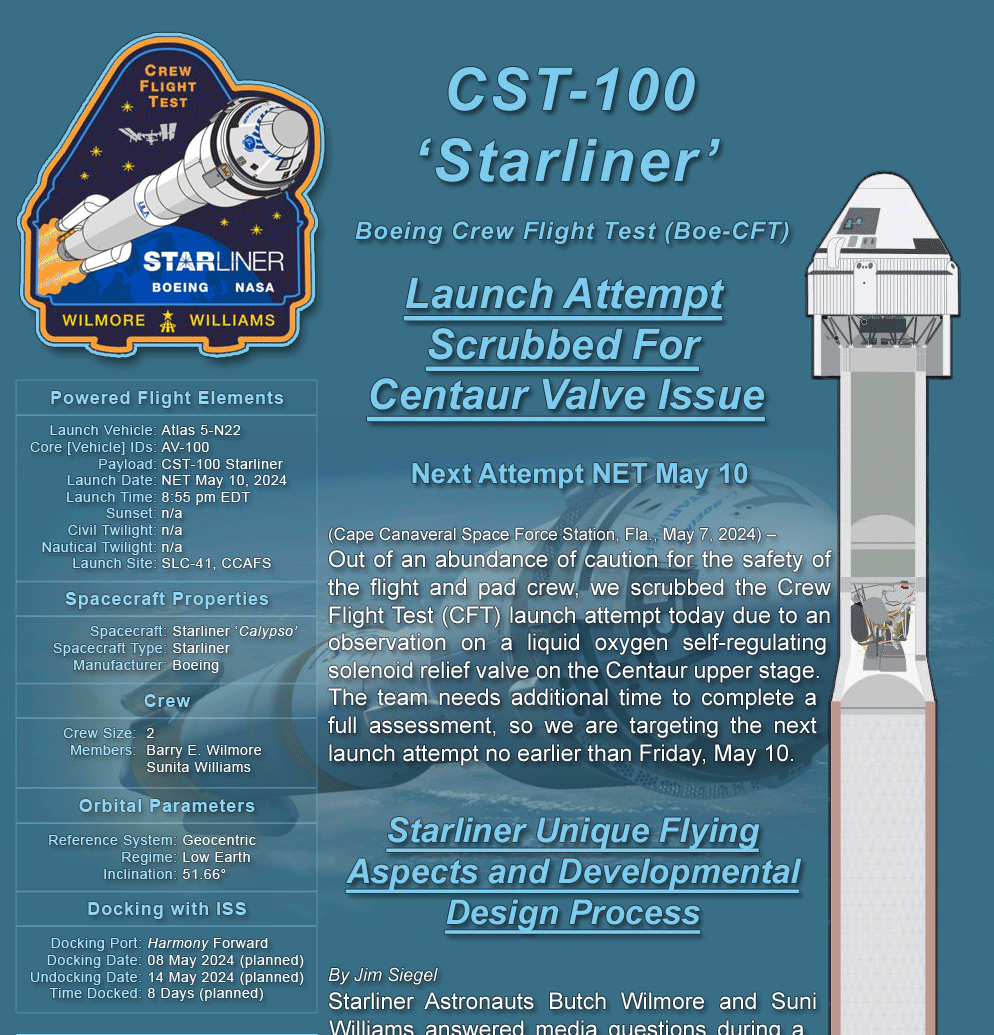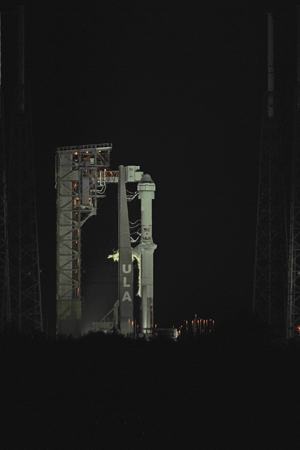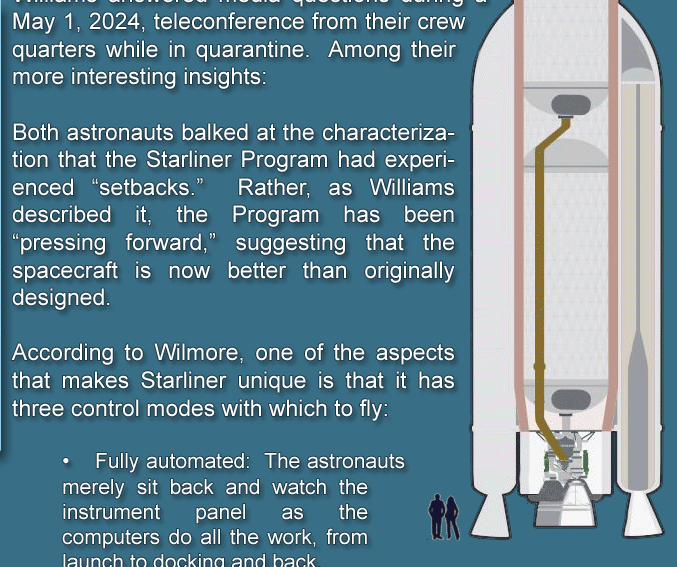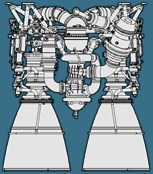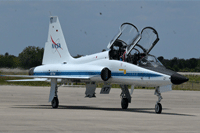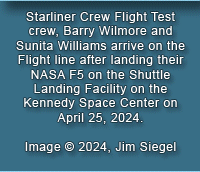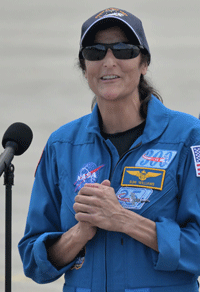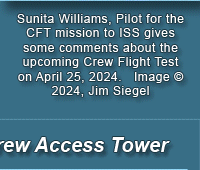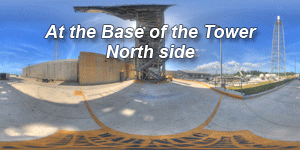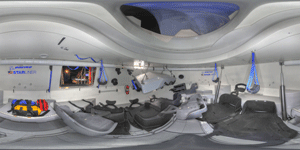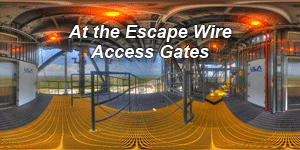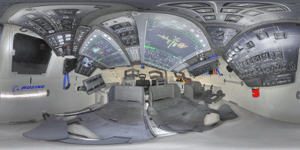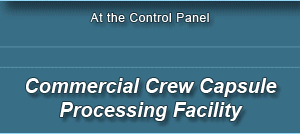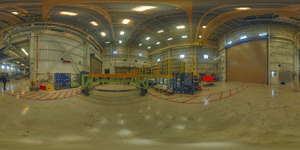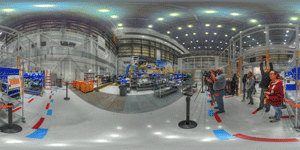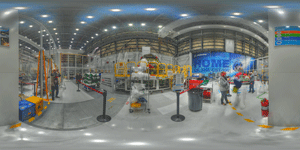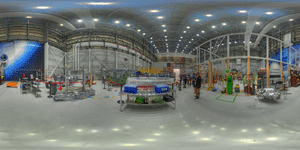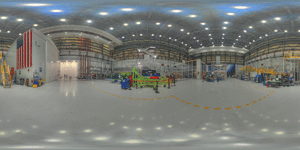CST-100
'Starliner'
Boeing Crew Flight Test (Boe-CFT)
Starliner Successfully Returns from the ISS
By Jim Siegel
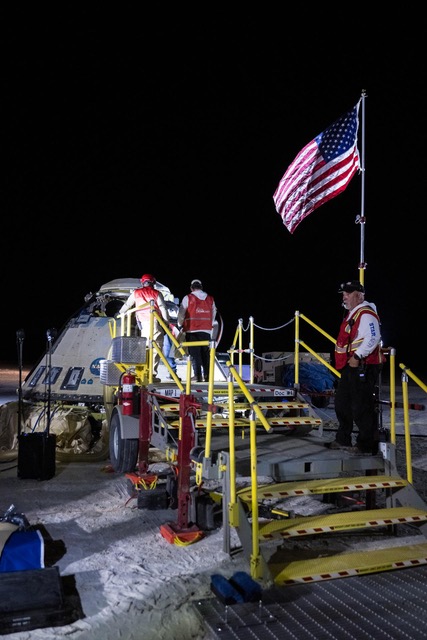
After more than a two month visit that had been planned for as little as 8 days, a Boeing Starliner spacecraft finally made a flawless departure and successful return to earth from the International Space Station (ISS) on September 6, 2024. The delay had been caused by malfunctions on the way up to the ISS among the onboard thrusters and by helium leaks.
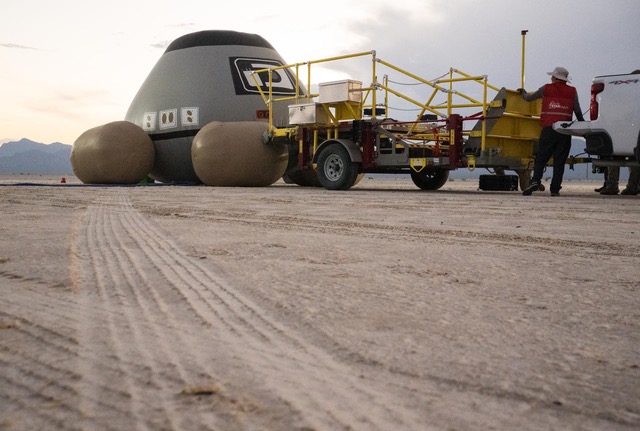
Boeing and NASA engineers had spent two months conducting exhaustive tests and analyses before pronouncing the spacecraft ready to depart from the ISS. But they disagreed on whether or not the crew should return with it; NASA prevailed and Starliner departed without crew. Astronauts Butch Wilmore and Suni Williams will instead return home on SpaceX mission Crew-9, to be launched from Kennedy Space Center no earlier than September 24 and a return 6 months later.

About 5 hours after departure from the ISS, a de-orbit burn of roughly a 60-second duration slowed the spacecraft down from orbital speeds. Next, the service module detached. As it descended, the crew module faced re-entry heat of 3000 degrees Fahrenheit (interior remained at about 70 degrees Fahrenheit). At about 30,000 feet above the ground, two drogue parachutes deployed followed by three main parachutes. At about 3000 feet the airbags stowed on the bottom of the crew module inflated, absorbing much of the landing forces as the crew module softly bounced slightly as it contacted the desert floor.
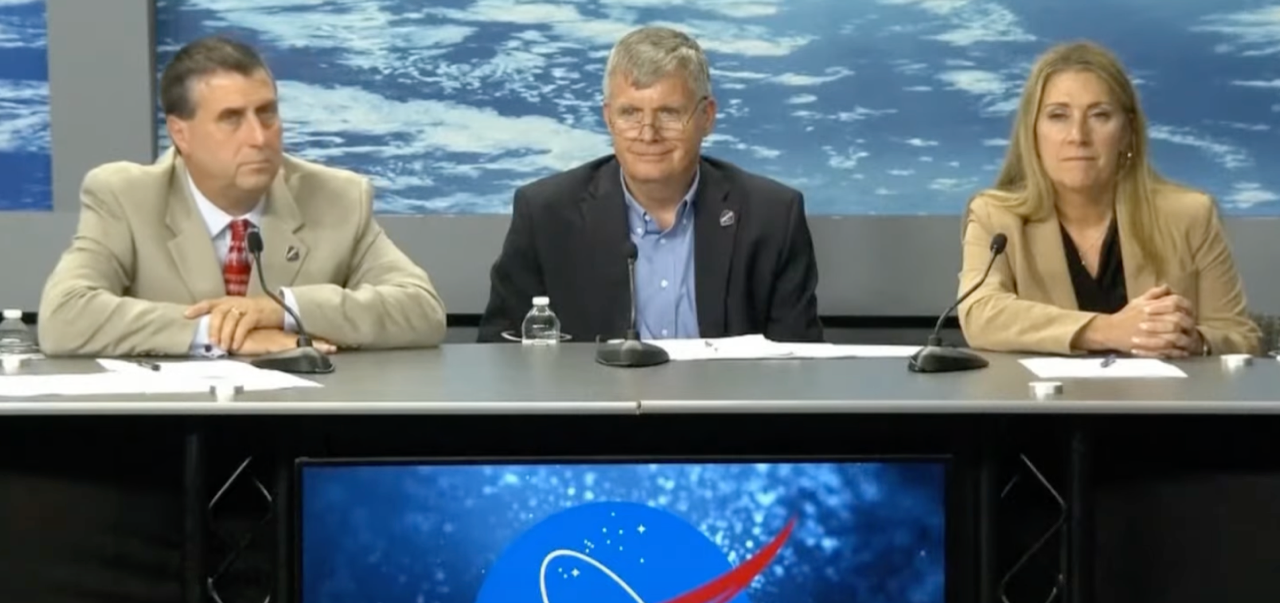
About an hour later, a post-landing press conference featured NASA Associate Administrator Joel Montalbano, NASA Commercial Crew Manager Steve Stich, and NASA ISS Manager Dana Weigel. They profusely thanked all the team members for their dogged efforts all during the summer to bring back Starliner safely.
Although there were no crew members aboard this return flight, instrumentation recorded some of what the crew would have experienced; these included accelerometers in the seats and pressure and temperature readings across the cabin. In the post-landing press conference, Stich judged that if the crew had been aboard, they would have been safe. But he noted that obviously they did not the benefit of that knowledge when the crew decision was made.c
During their much longer visit to the ISS, Wilmore and Williams aren't leisurely taking long naps, gazing out the window, or reading their email. Rather, they have been busy along with the rest of the ISS members. The two astronauts have thus far conducted at least 42 experiments, involving over 100 hours of work. They have also settled into the routine of extensive resistance and cardio training typical of long-duration missions. They are said to be in good spirits and in frequent contact with their families who are being aided by an extensive NASA support network.
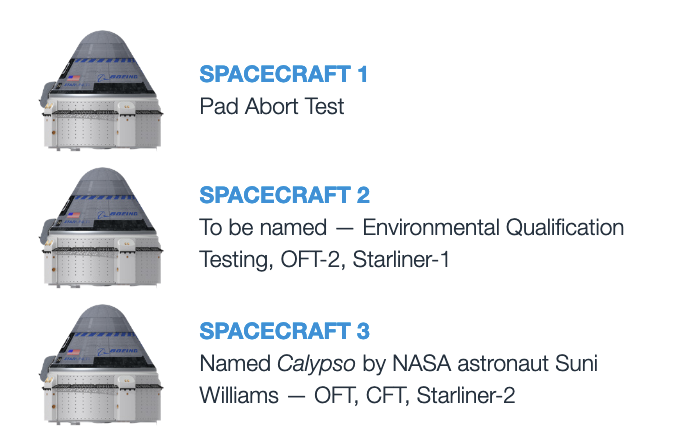
This Starliner is named Calypso and is #3 of three Starliner crew modules built. New service modules are built for each flight, since it is jettisoned on the way back to earth after the the de-orbit burn.
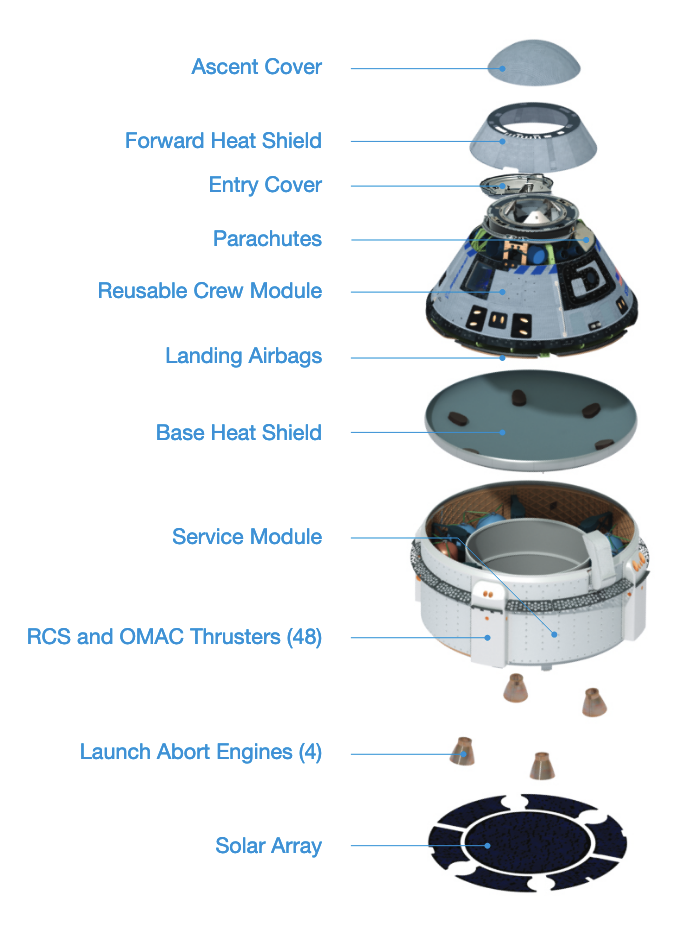
NASA will be working on constructing a revised certification plan for Starliner. Clearly, NASA acts as though this just concluded flight was not sufficient. It appeared from the panelist comments that certification might require another crewed test flight to the ISS, though Stitch commented that “it's probably too early to tell.” When that might occur is unknown at this point and first will require design and fabrication changes, such as to the thruster and helium sub-systems.. Originally, another Starliner flight had been planned for February 2025, but that now has reportedly been pushed back until August 2025.
Oddly, Boeing had chosen not to participate in the post-landing press conference, and in reply to a question, Stich implied that mutual trust among the various team members needs “a little additional time to work through that,” referring presumably to the disagreement over having the astronauts return on this flight. He did not, however, cite any specific teams or individuals related to this issue.
Stich concluded that roughly “85 to 90%” of the mission objectives had been met, in spite of a few “hiccups.” He reminded everyone that Boeing continues to do critical work on many other NASA projects. Certainly this successful return of Starliner should quiet some of the Boeing naysayers, at least for the time being.
CST-100
'Starliner'
Boeing Crew Flight Test (Boe-CFT)
Starliner to Return Minus Crew
By Jim Siegel
After two months of delay and ground testing, NASA has finally agreed to permit Boeing's Starliner spacecraft to return to earth from its dock on the International Space Station (ISS), but without its test-pilot crew, Butch Wilmore and Suni Williams. Starliner will undock from the ISS no earlier than Friday September 6 at 6:04 pm EDT, and after a roughly 6-hour "downhill" trip, is expected to land at the White Sands Space Harbor, NM, at a little after midnight Saturday morning (in our opinion an unfortunate time for visual observation given that the nighttime desert is probably quite dark).
In contrast to SpaceX and most other returning American spacecraft, Boeing designed Starliner to land on terra firma, rather than at sea. As it nears its landing site, Starliner will automatically deploy parachutes and then a inflatable cushion from under the spacecraft to reduce the impact. Boeing had already successfully passed a landing test last year.
That leaves the Starliner crew, Butch and Suni, at the ISS with no immediate ride back the earth. The next American commercial crew mission to the ISS is SpaceX's CREW-9 with 4 astronauts aboard now scheduled for September 24. NASA has chosen to pull two of the four crew members from that mission, so that when CREW-9 returns in 6 months, there will be two empty seats for Butch and Suni.
It should be noted that there is the previous SpaceX commercial crew mission, CREW-8, already at the ISS, but NASA has chosen to bring all four of those astronauts back as scheduled in roughly late September, rather give two of those seats to Butch and Suni.
So what started out as a relatively quick 8-day test trip for Butch and Suni on Starliner up and back to the ISS, is now scheduled to be an 8-month excursion. To add to the "inconvenience," when Starliner sat on the launch pad back at the Cape Canaveral Space Force Station, NASA pulled two suitcases with the crew's clothing and personal items from the cargo hold, to make room for a replacement urine processing unit. Fortunately the ISS crew members graciously shared their own clothing, food, and other items with the two Starliner astronauts. Will there be enough food for two more mouths to feed at the ISS? NASA says there is a minimum of four-months supply of food on hand up in the ISS pantry.
NASA and Boeing identified helium leaks and experienced issues with the spacecraft reaction control thrusters on Jun 6 as Starliner approached the space station. Since then, engineering teams have completed a significant amount of work, including reviewing a collection of data, conducting flight and ground testing, hosting independent reviews with agency propulsion experts, and developing various return contingency plans.
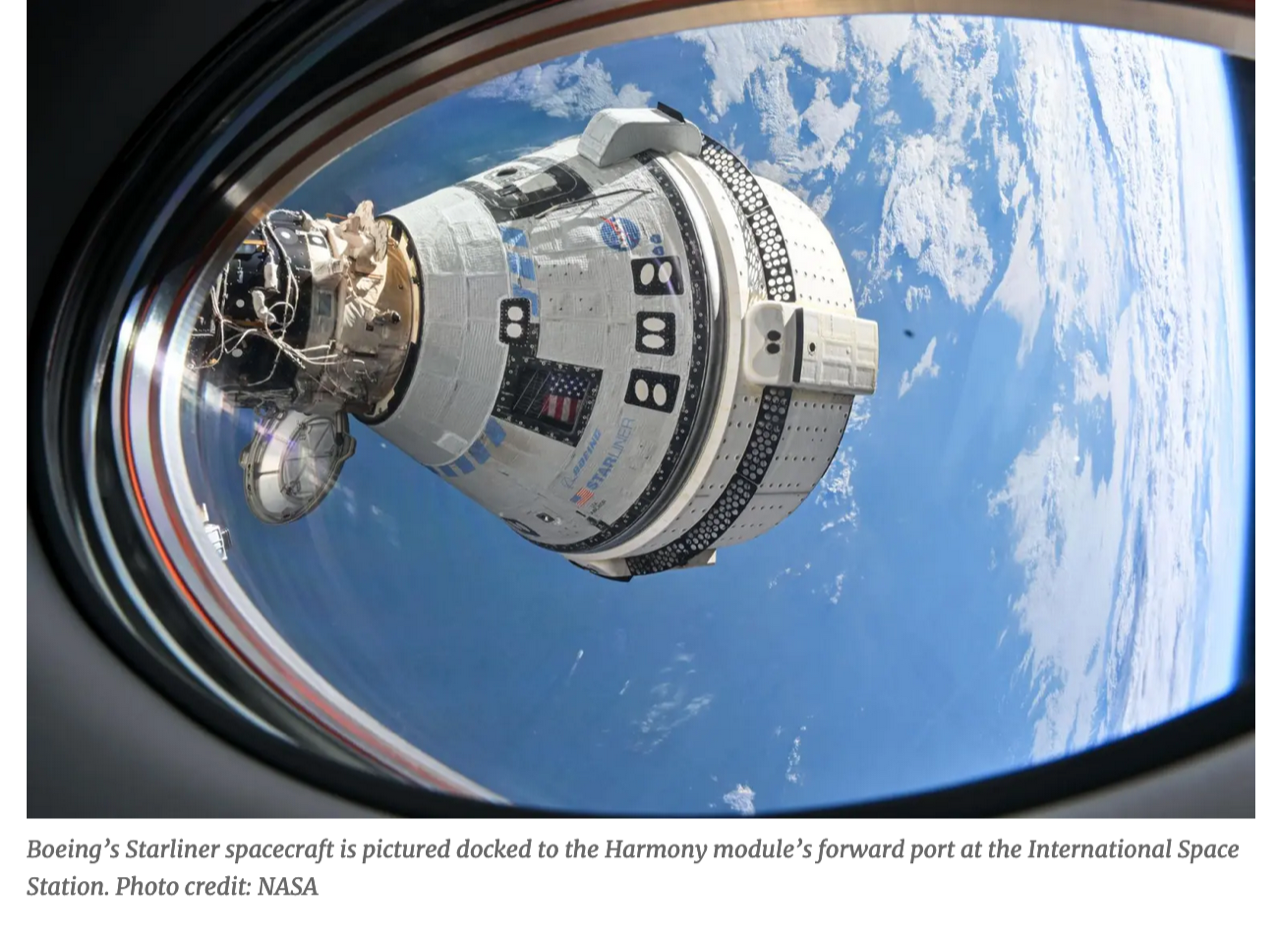
The decision to bring back Starliner without its crew was apparently a contentious one. NASA has declined to list how each of the NASA and Boeing groups voted. But in the polling of those various organizations, the Boeing people were reportedly in favor of bringing back Butch and Suni on Starliner, whereas the NASA people were reportedly not comfortable with the estimated risk. We speculate that it may have ultimately been up to the NASA Administrator Bill Nelson. In the August 24 press conference announcing the decision, Nelson admitted that the loss of the Shuttle Challenger and Columbia crews was "very much on my mind." Further, said Nelson, "Spaceflight is risky, even at its safest and most routine. A test flight, by nature, is neither safe, nor routine. The decision to keep Butch and Suni aboard the International Space Station and bring Boeing's Starliner home uncrewed is the result of our commitment to safety: our core value and our North Star,"
Interestingly, a number of media members noted that no Boeing participants were on the press conference panel. We observed that NASA participants rather danced around questions of trust and partnership, with responses like "technical disagreement" on one hand to a more serious "we have work to do" on the other.
Will NASA give up on Boeing as a commercial crew partner? Emphatically not according to Nelson, who recited 4 reasons: 1) NASA and Boeing have a contract and that contract is fixed-cost, protecting the American taxpayers from any further costs; 2) NASA needs another Commercial Crew vehicle besides the SpaceX Dragon; 3) Boeing has a long history of successfully serving NASA and the Space Force; and 4) the recently-appointed Boeing CEO has assured Nelson that Boeing fully intends to deliver a certified commercial crew spacecraft.
Another press conference is scheduled for September 4 at noon EDT at which NASA and Boeing will report on final details to bring home the trouble-prone Starliner Crew Flight Test spacecraft.
Starliner May Yet Return Home
By Jim Siegel
After several weeks of doubt, it now appears that Starliner may yet safely complete its mission and return to Earth with crew members Suni Williams and Butch Wilmore aboard. Problems observed during the "uphill" flight to the International Space Station (ISS) have been thoroughly investigated and addressed . NASA has chosen not to publicly specify a date for that return flight, but it appears like it might be within the next two weeks or so.
Most recently, on July 27, Boeing and NASA announced that Starliner had completed another first, namely a docked hot fire test of the spacecraft's nine Reaction Control System (RCS) thrusters, while monitoring its helium system. That was an important step in a plan that was described in a teleconference two days earlier.
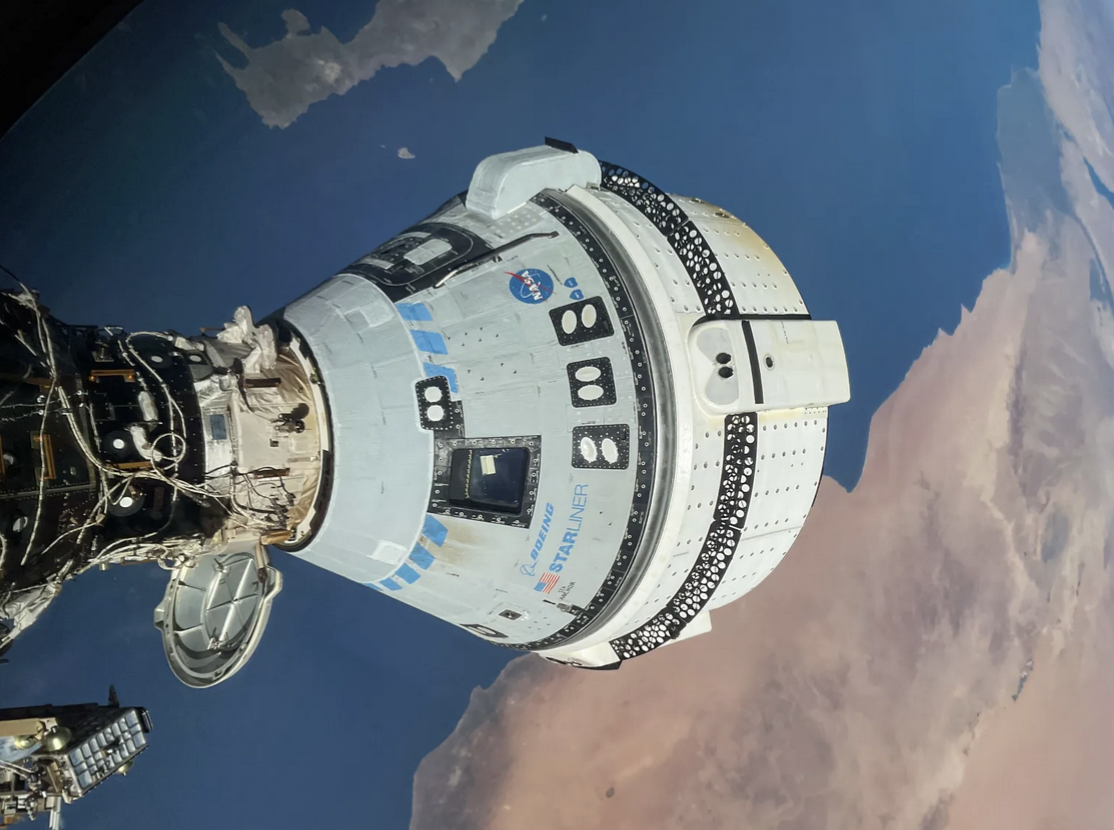
That media teleconference featured Steve Stich, manager, NASA's Commercial Crew Program, and Mark Nappi, Boeing's vice president and program manager, Commercial Crew Program. They outlined the exhaustive testing at White Sands, New Mexico, replicating the activities related to the voyage up to the ISS. Then they answered questions involving the nature of the problems of the Starliner spacecraft.
The two major problems were: 1) thruster degradation due to heat from other thrusters (located in an enclosure called the doghouse); and 2) a helium leak and associated degradation. When asked, Stitch and Nappi also listed a few "really small" problems such as erratic sensors and a missing grommet.
They admitted that not included in the rigorous Starliner development and pre-launch testing was the effect of having seven thrusters enclosed in the doghouse, The doghouse had been designed against the very cold temperatures of space, but apparently had not considered the potential of retaining heat from thruster firing that would degrade other thrusters.
Going forward, Stitch and Nappi described a series of steps including the Starliner thruster hot fire tests while docked (mentioned above), manifold helium leak tests, an integrated review, and a flight readiness review.
In the meantime, the Starliner crew Suni and Butch were described in good spirits, enjoying their time in the ISS and participating in many of the experiments onboard.
Launch Success!
After a multitude of launch scrubbings, including a week of hard work prior to launch to overcome final issues with the system being "unsuccessful in verifying the sequencer's necessary redundancy" due to a helium leak in one of the reaction control systems (RCS), CST-100 'Starliner' successfully launched off at 10:52 AM EDT. Starliner later successfully jetisoned the solid rocket boosters (SRB) and separated from the 'Centaur' flying off to the ISS.
Later, Starliner successfully docked with the ISS on June 6th at 1:34 PM. With great joy, Butch Wilmore and Suni Williams waltzed (more so floated) into the exstatic reception of the current ISS crew. Everyone on the project must be relieved to finally break their litany of delays and launch Starliner. With the immense charges boeing incured getting this project going, they are likely breathing collecive sighs of relief and are looking forward to finally progressing the project.
Screenshots from the NASA youtube channel.
